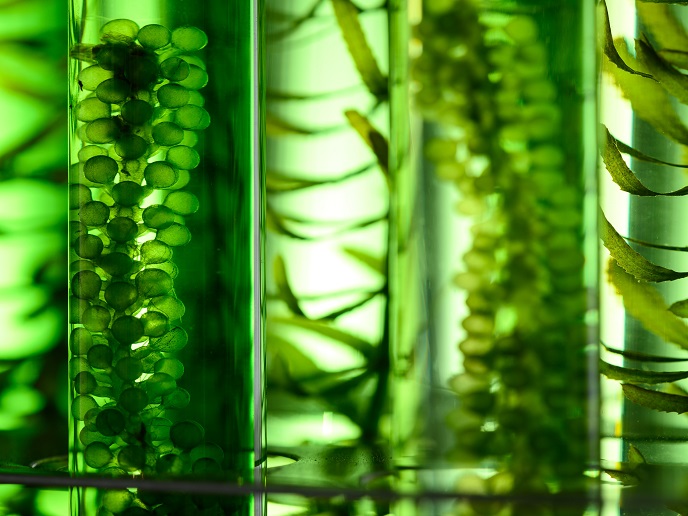The nitrogen-fixing microalgae that produce quality organic fertiliser, now with added benefits
Currently, fertilisers are presenting a barrier to more sustainable agriculture and European food security. Significant amounts of energy are required to produce ammonia fertilisers typically generated by climate-damaging fossil fuels. The 150 million tons of ammonia produced globally in 2010 accounted for over 450 million tons of CO2 – about 1 % of CO2 emissions. Ammonia fertilisers can also compromise soil fertility over time. Added to that, the European supply of mineral fertilisers has been severely impacted by the war in Ukraine, with much previously imported from Russia. However, more eco-friendly organic products frequently prove inadequate. “More expensive than chemical fertilisers but with less yield, organics simply aren’t offering a commercial alternative for the rapidly developing precision agriculture sector,” says Lior Hessel, coordinator of the Cyanobacteria project. The project developed a biotechnology driven by blue-green algae and powered by the sun, to provide high-quality liquid fertiliser. The process is managed through the project’s monitoring technology, dubbed AlgaeNite. “As well as being effective for plant growth, our fertiliser production generates almost no pollution, and with our reduced electricity needs sourced from renewables, is virtually greenhouse gas neutral,” adds Hessel from project host, Go Green FoodTech (known as www.growponics.co.uk (Growponics) globally).
The microalgae technology
Using sunlight, the cyanobacteria fix nitrogen from the air, which is then extracted and oxidised by bacteria to produce nitrate for fertiliser. Water needed for microalgae growth is recycled, and the CO2 emitted from the oxidisation process is further used for microalgae growth. “The process also produced more ‘available nitrogen’ – the type necessary for plant growth – than conventional organic fertilisers,” notes Hessel. “Our biofertiliser-grown crops did as well as those grown with top-quality chemical fertilisers.”
Monitoring for optimisation
To test the technology, the team built a 3 000 litre photobioreactor facility at the Growponics facility in Kfar Bialik, Israel. This facility produced enough fertiliser to continuously feed a hydroponic unit of about 800 square metres. The project also developed a management system, AlgaeNite, which uses sensors and cameras to gather data about the status of the bioreactors. This is then analysed by artificial intelligence, with the results presented to end users to help decision-making.
Heralding third-generation farming
Since the project’s completion last year, Growponics has pivoted to a solution that offers greenhouses standalone bioreactors for growing plant protein. These reactors don’t require in-house expertise, additional equipment or infrastructure. The AlgaeNite system is already being supplied to greenhouses in several locations. “We’ve also developed a way to encase inoculum starters into a product similar to Nespresso capsules which can be couriered to customers – a totally new concept,” adds Hessel. Hessel believes that this paradigm shift could herald third-generation farming, as the microalgae contain over 50 % protein, with net zero emissions and at low cost, using half the water and less than 10 % of the land needed by other methods. While the team explores practical options for protein-producing photobioreactors located in sun-drenched locations such as deserts, three hydroponic pilots are under way. Commercial installations are being tested for meeting agri-food business demand for organic produce at both Growponics and local government-supported farms in Connecticut and Florida, United States. Initial results are anticipated by the end of 2024. The team also plans to build a full-sized commercial installation, containing both a semi-commercial biofertiliser production site and a research and development campus in Shaar Efraim, Israel.
Keywords
Cyanobacteria, ammonia, nitrogen, fertiliser, agriculture, organic, soil, algae, bioreactors, emissions, bacteria



